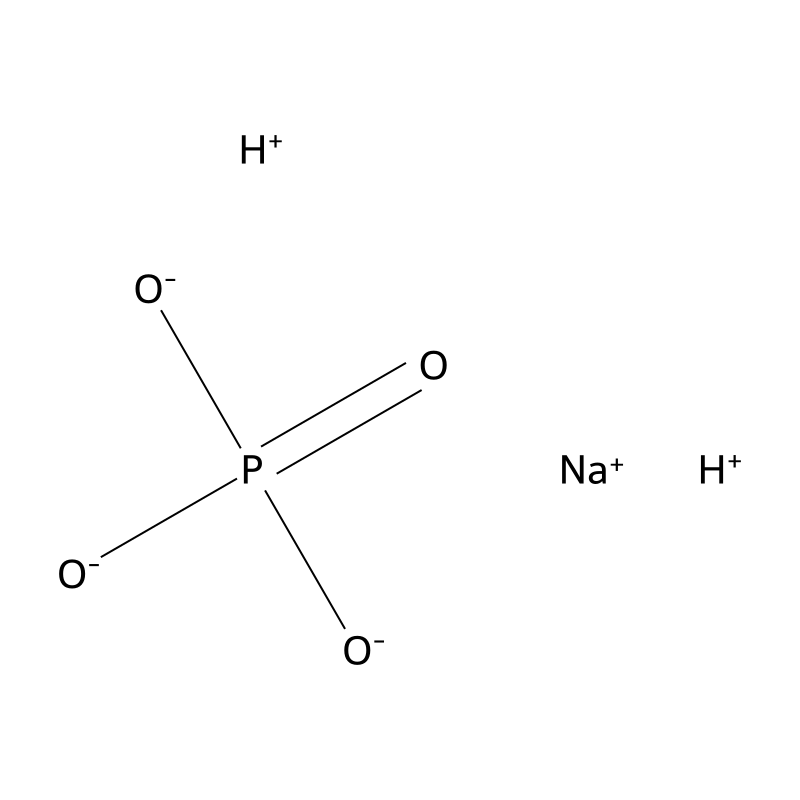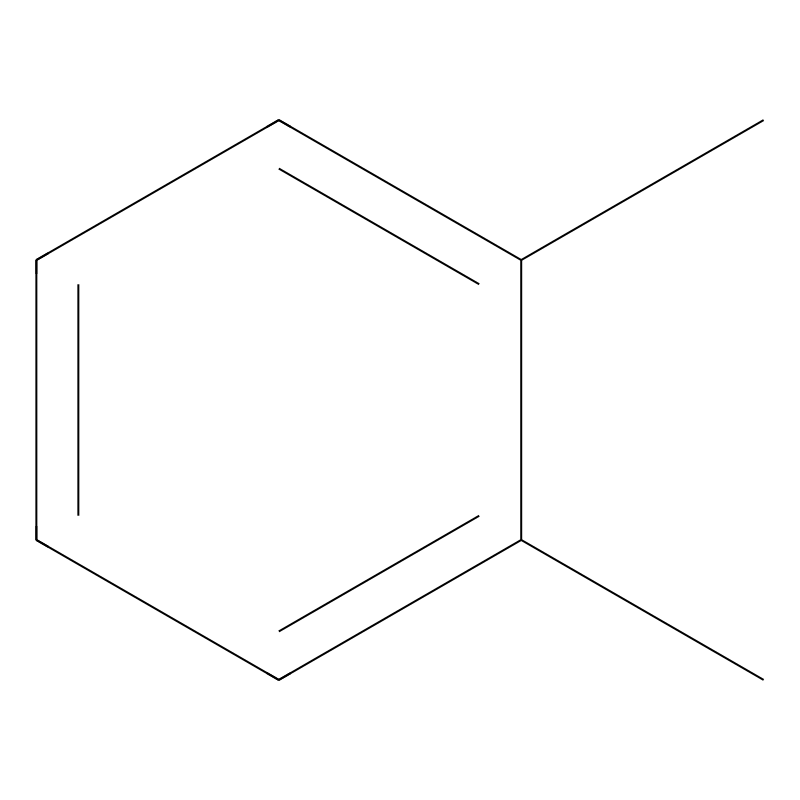Chromatography Standards
CAS No.:7558-80-7
Molecular Formula:H3NaO4P
Molecular Weight:120.985 g/mol
Availability:
In Stock
CAS No.:22427-39-0
Molecular Formula:C42H72O14
Molecular Weight:801.0 g/mol
Availability:
In Stock
CAS No.:20283-92-5
Molecular Formula:C18H16O8
Molecular Weight:360.3 g/mol
Availability:
In Stock
CAS No.:1120-21-4
Molecular Formula:C11H24
Molecular Weight:156.31 g/mol
Availability:
In Stock
CAS No.:95-47-6
Molecular Formula:C6H4(CH3)2
C8H10
C8H10
C8H10
C8H10
Molecular Weight:106.16 g/mol
Availability:
In Stock
CAS No.:629-50-5
Molecular Formula:C13H28
Molecular Weight:184.36 g/mol
Availability:
In Stock





